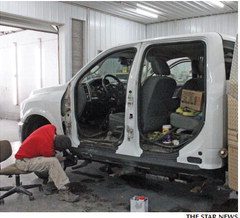Protect your vehicle from snow, ice and damage from the cold


Winter can be an unforgiving season. Freezing temperatures coupled with snow and ice can take its toll on people who live in climates where cold weather is a fact of winter life. ...



